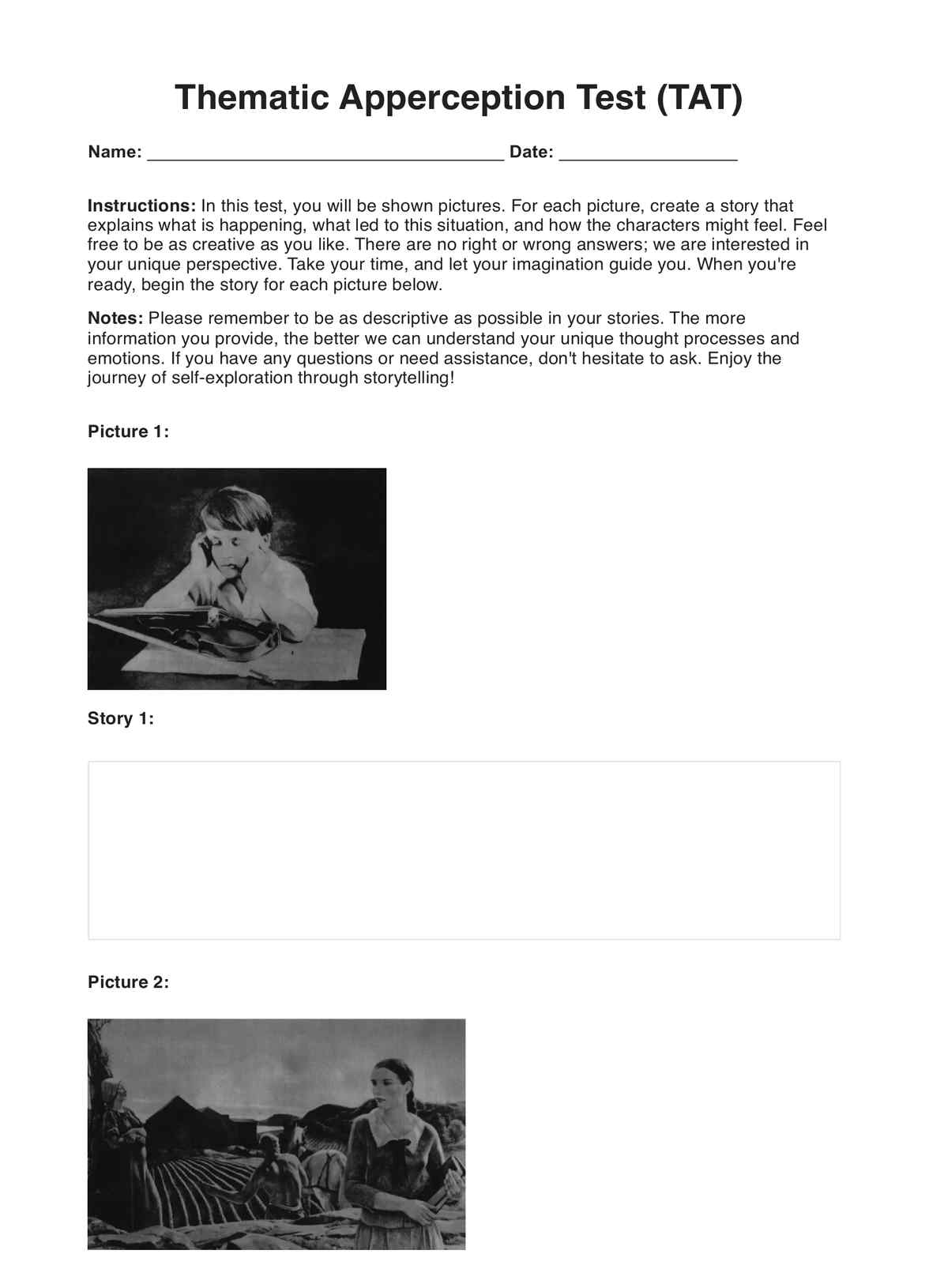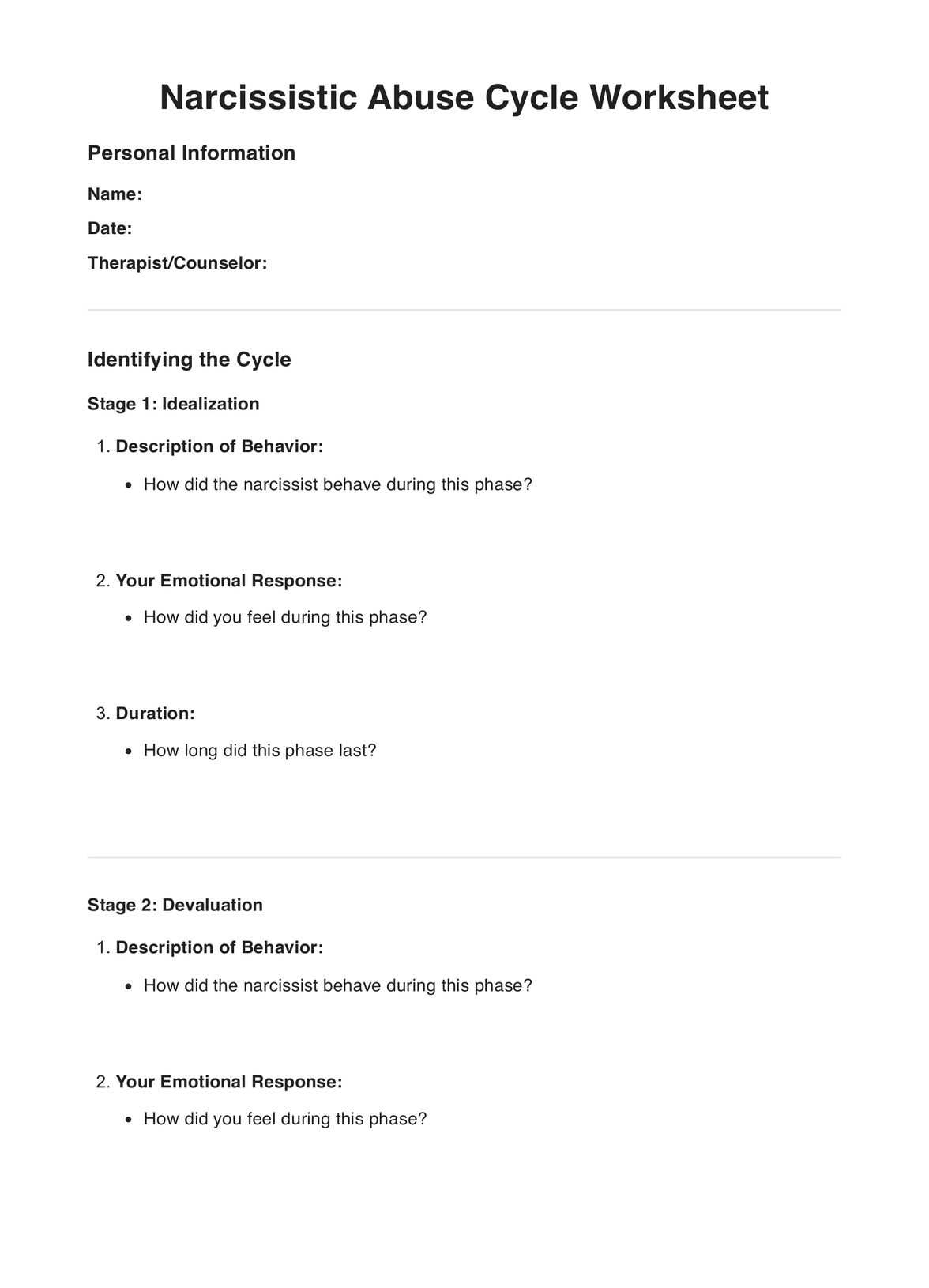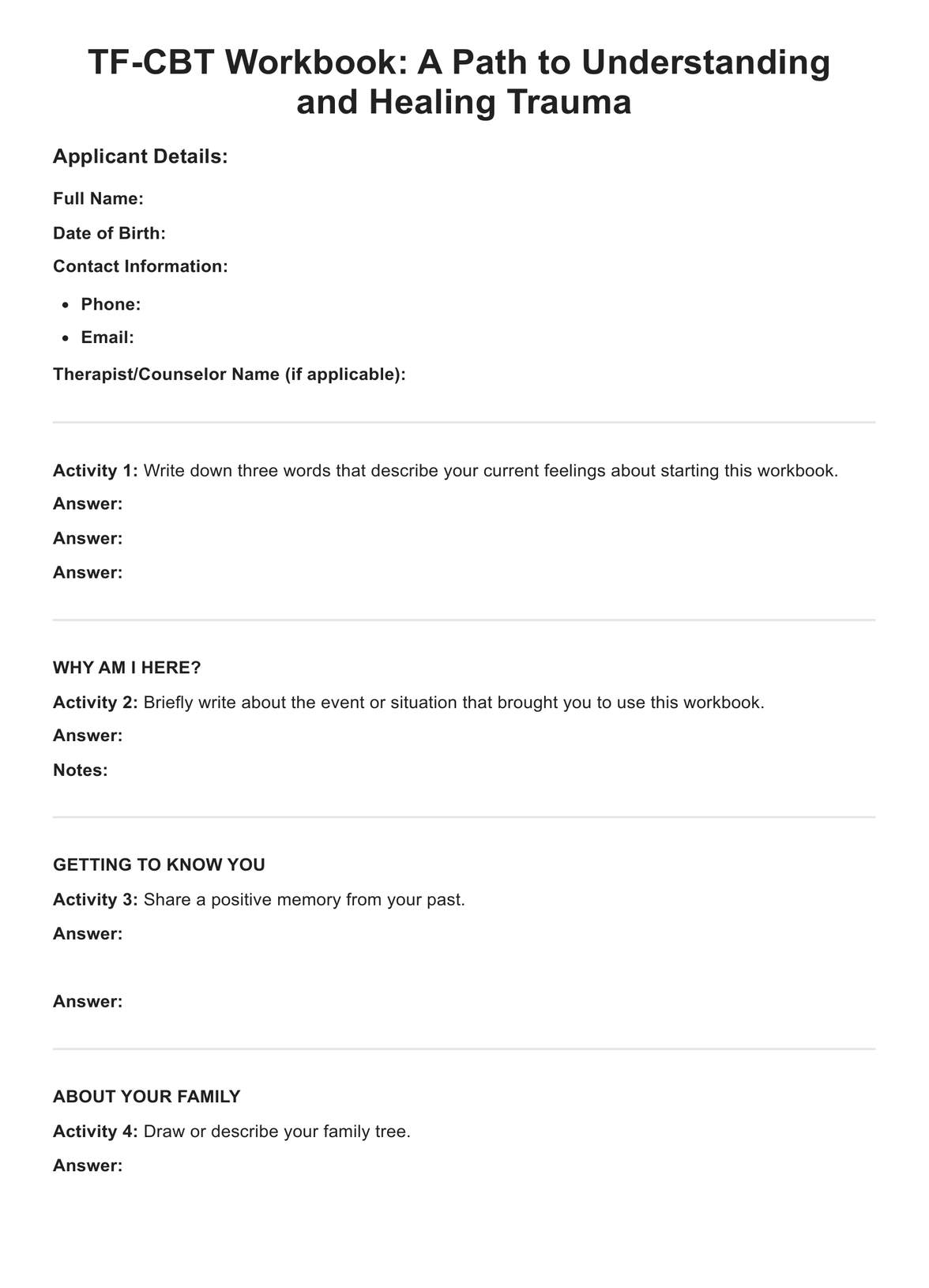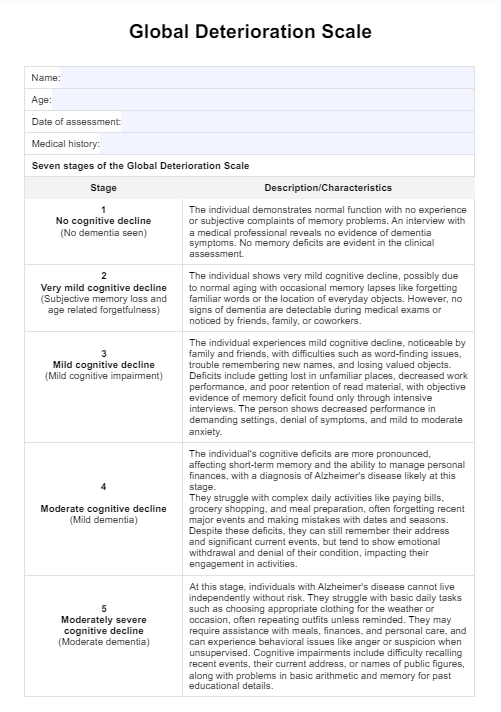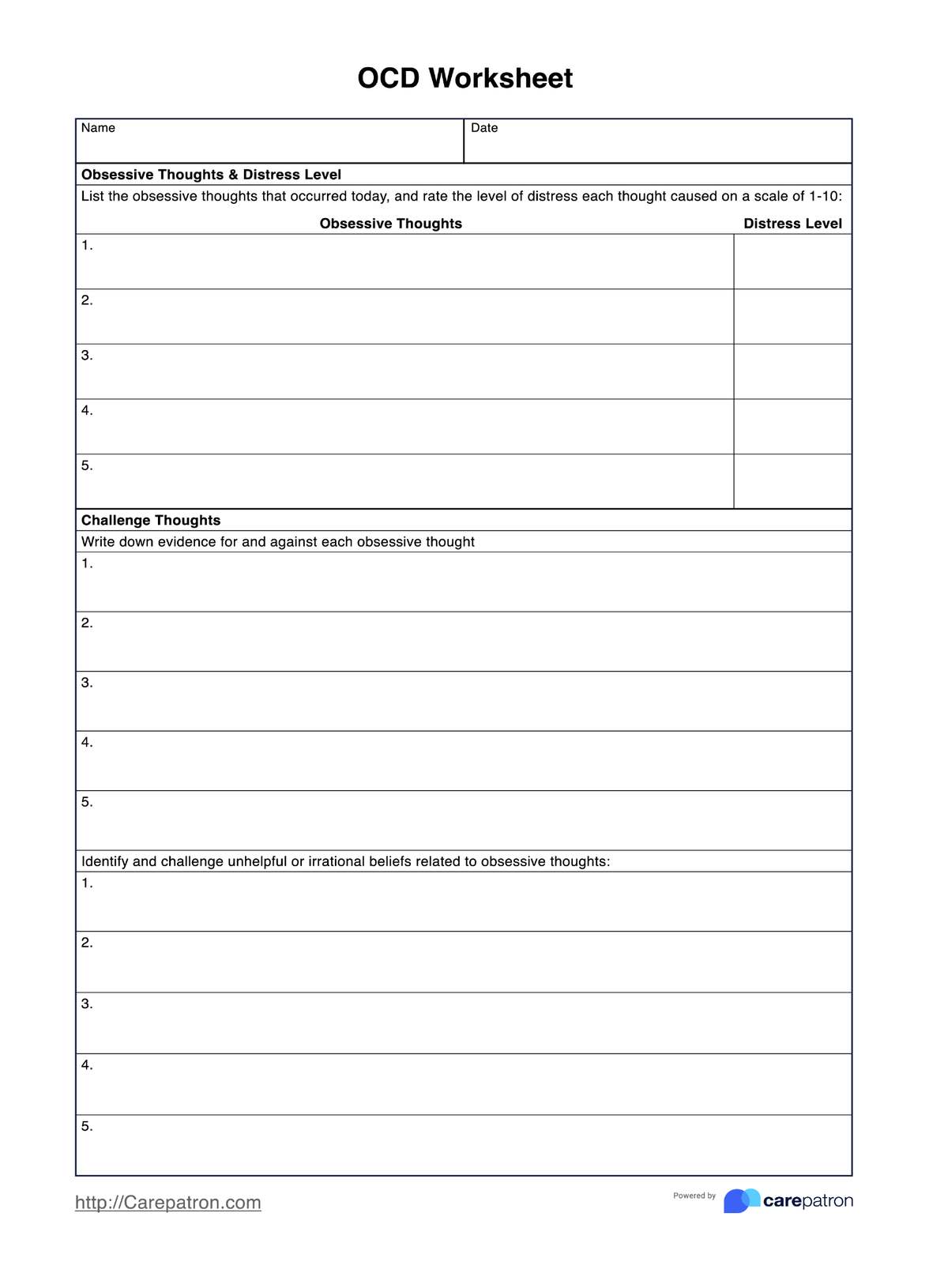Building Positive Emotions DBT Worksheet
Unlock emotional balance and resilience with our Building Positive Emotions DBT Worksheet. Ideal for both professionals and individuals aiming for emotional well-being.


What is Dialectical Behavior Therapy?
Dialectical Behavior Therapy (DBT) is a specialized form of cognitive-behavioral therapy (CBT) created by psychologist Marsha M. Linehan. It was initially developed to help people with borderline personality disorder but has since expanded its reach to treat various emotional and behavioral issues.
DBT is anchored on dialectics—finding a balance between acceptance and change. It teaches individuals to accept their current circumstances while working on strategies to improve them. One of the core modules of DBT involves Emotion Regulation, which is where the Building Positive Emotions DBT Worksheet fits in. By generating positive emotions, you can create a richer emotional landscape that makes it easier to handle life's challenges.
Another hallmark feature of DBT is its focus on skill-building across four key areas: mindfulness, distress tolerance, emotion regulation, and interpersonal effectiveness. Skill-building in emotion regulation often involves cultivating an awareness of one’s emotional triggers and developing a strategy to manage them.
The is an invaluable tool within this framework by explicitly helping individuals amplify positive emotions, thereby contributing to emotional balance and resilience.
Building Positive Emotions DBT Worksheet Template
Building Positive Emotions DBT Worksheet Example
How to Use the Building Positive Emotions DBT Worksheet
The Building Positive Emotions DBT Worksheet is a guided self-assessment tool designed to help you identify and cultivate positive emotions. By systematically tracking your emotional states and the activities that influence them, you can develop a robust emotional "savings account" to draw from during challenging times.
Step 1: Identify Positive Emotion Triggers
Begin by listing positive emotions that resonate with you. This initial identification lays the groundwork for emotional cultivation.
Step 2: Choose Activities
List down activities that will evoke these positive emotions. Activities can range from personal hobbies to social gatherings.
Step 3: Plan and Execute
After listing the activities, make a plan. Schedule these activities, note with whom you'll share them if applicable, and then engage.
Step 4: Reflect and Revise
After executing your plan, use the worksheet to document how each activity made you feel and the lessons learned from this experience.
When Would You Use this Building Positive Emotions DBT Worksheet?
This versatile worksheet can benefit anyone looking to understand their emotional landscape better. Healthcare professionals such as psychologists, counselors, and life coaches can incorporate it into their therapeutic processes to supplement more traditional methods.
Here are some situations where you can use this worksheet:
During Emotional Lows
When you are stuck in a cycle of negative emotions, this worksheet can help shift your focus toward positivity, offering a much-needed emotional uplift.
Stressful Life Transitions
Significant life changes like moving, starting a new job, or going through a breakup can be disorienting. The worksheet can help you focus on the positive aspects of change and build resilience.
In Therapy Sessions
Healthcare professionals can use the worksheet to complement other therapeutic tools for a holistic approach to emotional well-being.
When Struggling with Relationship Issues
For individuals or couples going through relationship troubles, this worksheet can help pinpoint the activities that bring joy and encourage a focus on positive interaction.
Self-Improvement Retreats
For those attending self-improvement or wellness retreats, the worksheet provides a structured approach to recognizing and harnessing positive emotions, serving as an excellent supplement to other self-improvement techniques.
Professional Development Workshops
Organizations aiming to enhance employee well-being can incorporate this worksheet into professional development programs. It can be handy for stress management and team-building exercises.
Applying the Building Positive Emotions DBT Worksheet in these scenarios benefits you from a heightened understanding of your emotional triggers and a more enriched emotional experience overall.
What are the Benefits of Using this Building Positive Emotions DBT Worksheet?
The emotional regulation process is an ongoing journey that requires dedicated time, effort, and self-awareness.
In a world where we're constantly bombarded with situations that can evoke myriad feelings—from stress to joy—the Building Positive Emotions DBT Worksheet is an invaluable roadmap. It provides a structured approach, offering a random collection of 'feel-good' strategies and a carefully curated plan for holistic emotional well-being.
The worksheet offers an in-depth self-assessment and activity planning toolkit, a crucial cornerstone of emotional resilience and self-discovery.
Here are the benefits of using this DBT worksheet:
1. Emotional Resilience
Identifying and engaging in activities that promote positive emotions helps build a buffer against stress and emotional volatility.
2. Enhanced Self-Awareness
This worksheet can help you gain insights into your emotional triggers and responses.
3. Improved Social Interactions
The process encourages you to involve others in your activities, enhancing your social skills and relationships.
4. Skill Development
The worksheet's structured approach aids in the acquisition of emotional regulation skills.
5. Flexible Application
Its design is versatile enough to be applied in various settings, from one-on-one counseling sessions to group therapy.
6. Professional Use
Healthcare providers can use the worksheet as part of a comprehensive emotional and psychological assessment strategy.
Commonly asked questions
The time varies depending on individual circumstances, but it usually takes 20 to 60 minutes.
The worksheet provides a structured approach to identifying, cultivating, and sustaining positive emotions, thereby improving emotional resilience and psychological well-being.
Anyone looking to understand better their emotional landscape can benefit from this worksheet. It's beneficial for healthcare professionals as part of a broader therapeutic regimen.


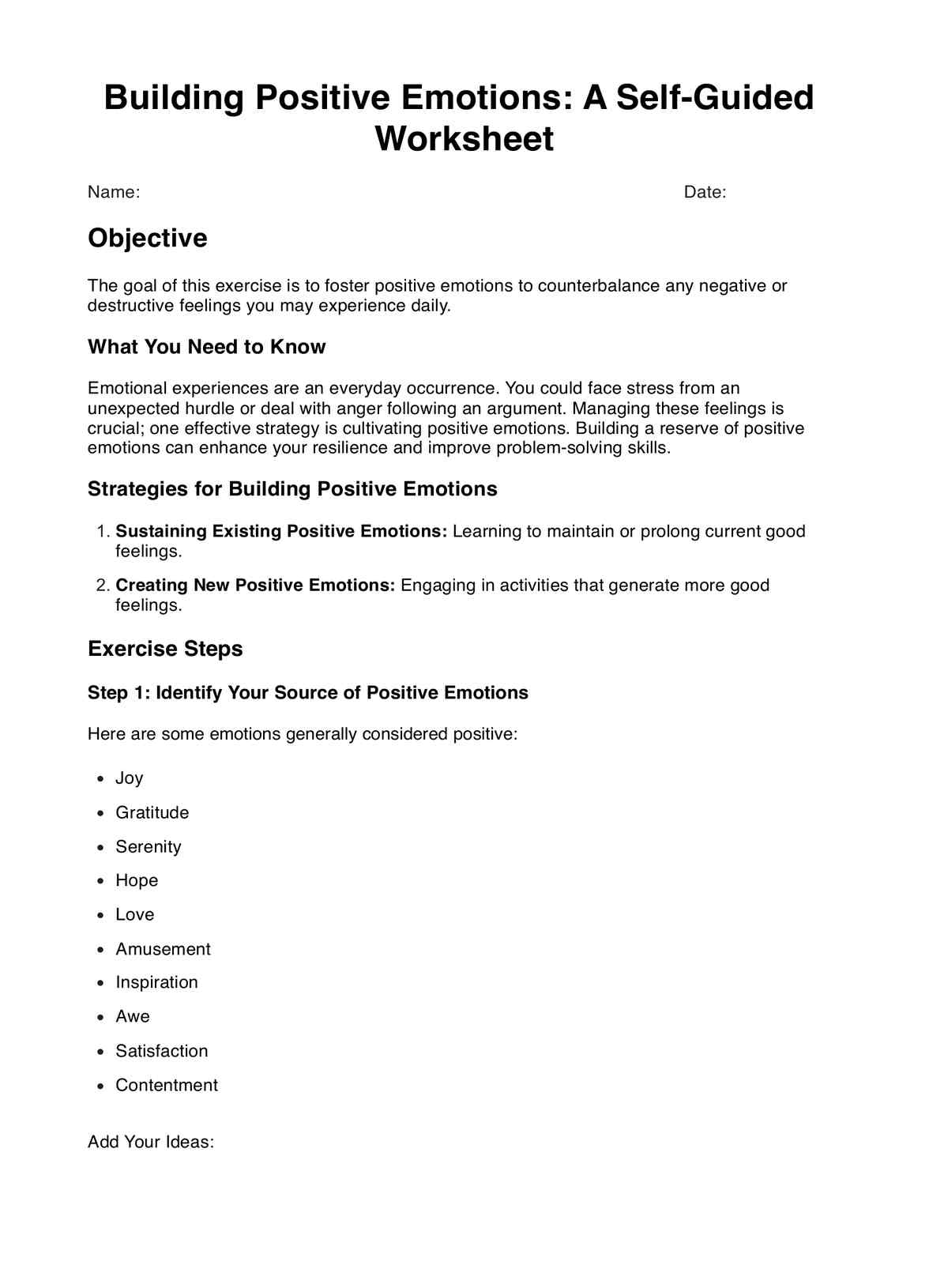
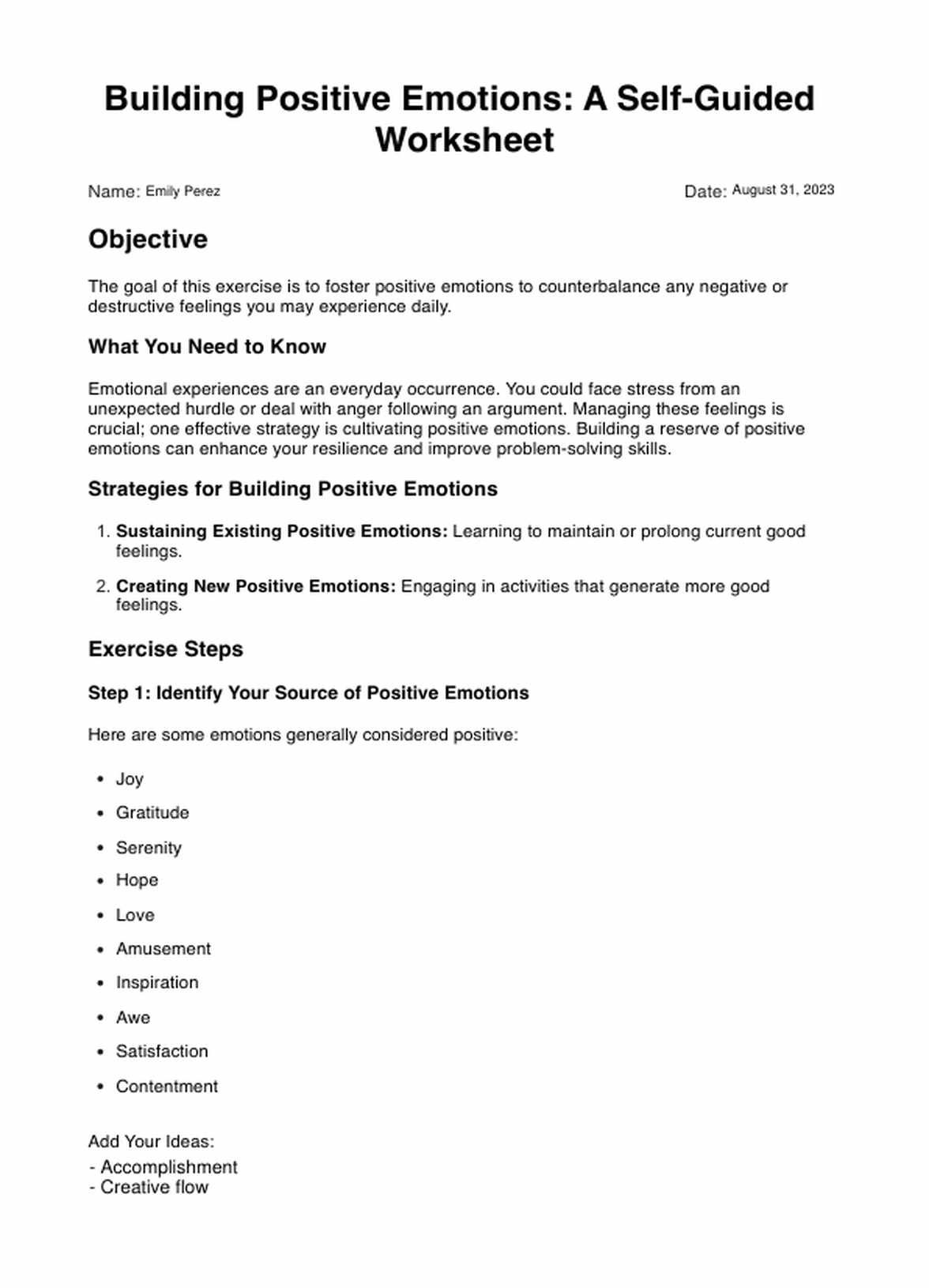














-template.jpg)






















































































